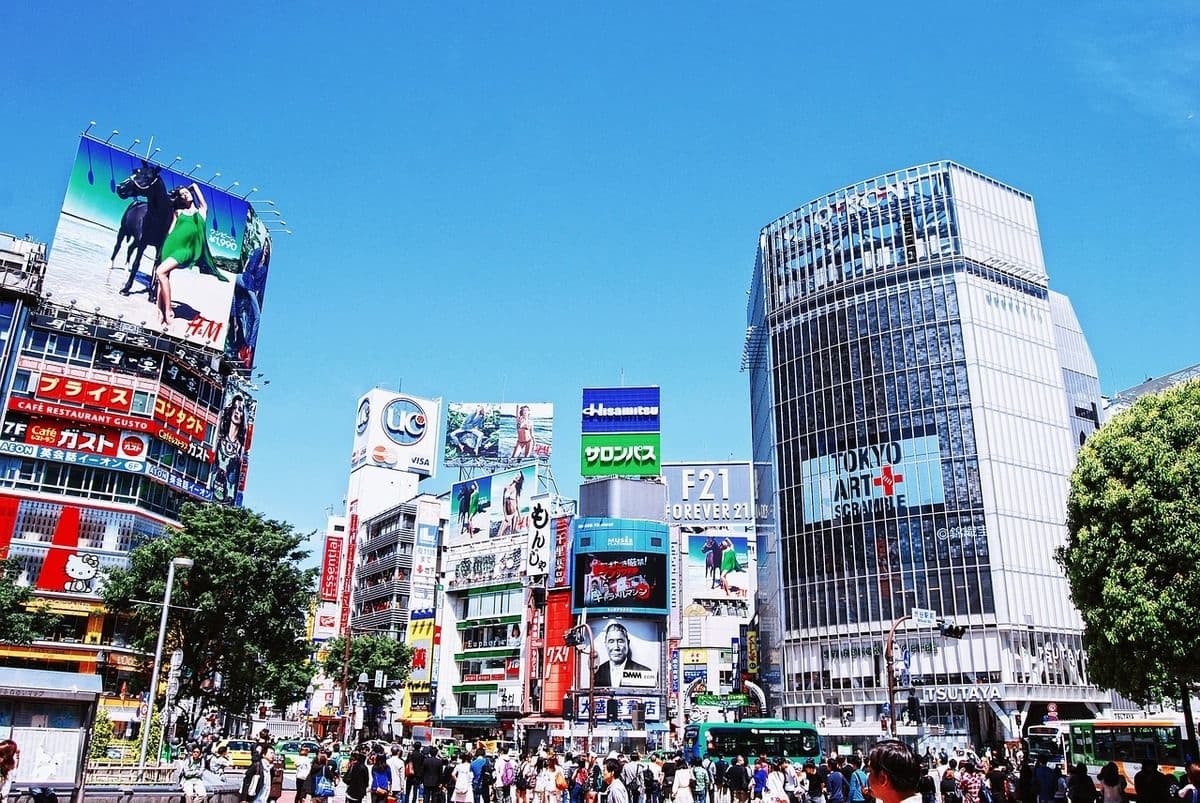 When thinking about buying property in Japan, one of the most popular types of real estate to purchase is a Machiya (町家 – まちや)— a traditional townhouse. While Japan is highly modernized, something unique about the country is that remnants of the past still exist in the forms of traditional buildings and structures. Particularly in Kyoto, you can find many traditional Japanese houses available for sale to both Japanese citizens and foreigners alike. Being a combination of metropolitan commerce and historic beauty, there’s no better place to experience the “real Japan” than Kyoto. Read further on how to find out how you living in a traditional house in Kyoto can be your dream come true.
When thinking about buying property in Japan, one of the most popular types of real estate to purchase is a Machiya (町家 – まちや)— a traditional townhouse. While Japan is highly modernized, something unique about the country is that remnants of the past still exist in the forms of traditional buildings and structures. Particularly in Kyoto, you can find many traditional Japanese houses available for sale to both Japanese citizens and foreigners alike. Being a combination of metropolitan commerce and historic beauty, there’s no better place to experience the “real Japan” than Kyoto. Read further on how to find out how you living in a traditional house in Kyoto can be your dream come true.
Before you consider buying a traditional Japanese house, let’s go over the basics. There are many charms and unique points that make up a traditional house.
Japanese-style Rooms vs Western-style Rooms

Japanese style rooms (和室 - わしつ - washitsu): These rooms consist of tatami—woven straw—floors, sliding doors made of wood, low platforms and inlets that allow for personal shrines and décor, and elegant Japanese washi paper window coverings that gently filter light from the outside. When you think of a traditional Japanese house, this is the type of room you will immediately envision!
Western-style Rooms (洋室 - ようしつ - yōshitsu): These rooms generally consist of wood flooring, western-style structuring, such as plain walls without any visible wooden beams, cabinets built into the walls, glass windows and curtains, and wood molding along the bottom and top edges of walls. In short, this is a typical “room” you think of when you imagine a standard western house.
Gardens

One of the most appealing points of a traditional Japanese house is the garden that comes along with most properties. Dating back hundreds of years, the Japanese have appreciated natural beauty and incorporated gardens into their homes. In Japanese, these are called 庭 (にわ – niwa). In many traditional Japanese houses, there are either an outer garden, an inner garden/courtyard (中庭 - なかにわ), or both. An outer garden would be what you would find at the front side, entrance, or back of the house. An inner garden/courtyard is one that is nestled in between the building structure, often accompanied by surrounding rooms perfect for viewing from the comfort of your own bedroom or study. You’ll find the artistically designed gardens of Machiya to be not only an aesthetic plus, but also an added point of relaxation to your daily life.
Layout

A traditional Japanese house may not have a standard layout of large, main rooms, or a simple square shape. Machiya often consist of many smaller rooms, usually in the Japanese-style that can be used in a variety of ways. Separate small rooms can allow for storage, sitting areas, reading rooms, or even guest rooms. With this feature, your interior planning options are endless! Additionally, some traditional Japanese houses may have separate, detached buildings that are included in the house you purchase. These separate buildings can be used as a guesthouse or a separate living are for you, your children, or other family members. You will also find that Machiya typically include a Japanese style bathroom, meaning the toilet is separate from the bathing area. Most of the bathrooms consist of a shower area that is outside of the tub, meaning you are not limited to just the bathtub, but you can use the entire bathing area for showering.
Things to Consider Before Buying
Age and Structure

Machiya in Kyoto are renowned for their traditional beauty, but this beauty does have impact on the structure of the building. Most Machiya are built well over 50 years ago with an entire structure of wood. The houses, unless previously renovated, are lacking in steel reinforcing that is found in traditional modern houses. The lack of a stronger inner structure makes Machiya more prone to damage in the case of severe earthquake or natural disaster, and may be unable to be up to par with modern standards of earthquake resistance.
Limitations
Some Machiya may have restrictions placed on them about rebuilding. With the addition of surrounding buildings over time, it may be impossible to upgrade or renovate any of the building or land at all. This is a strict rule and must be accepted by the buyer before purchasing. Even in the case in which there is damage from a natural disaster, rebuilding is prohibited. Furthermore, with the aged structure, it may be difficult to renovate while preserving traditional structure even on property that allows for rebuilding.
Defects
Machiya, being decades old, are antique and well lived-in. Some Machiya may have had no work done on them, meaning there may be defects or problems that occurred naturally over time. When buying these traditional houses, it is important to understand that the houses are sold “as-is.” It is up to the buyer to acknowledge and carefully inspect the house prior to buying in case there are issues you may not like to deal with.
How to Buy

When interested in buying a traditional Japanese home, the first step is to contact us with any questions and to set up a viewing. One of our bilingual team members will meet you in Kyoto and accompany you to a personal viewing to guide you through any problems or questions you may encounter. Once decided on a property, we will guide you step-by-step in the buying process. As conditions may vary, you may need different requirements, such as a Japanese bank account, for different properties. However, we at are happy to assist you in going through the entire process from start to finish.
Available Properties
Ready to find your dream home? Click the link below to view our featured Machiya available in Kyoto for purchase.
Kyoto Machiya and Traditional-Style Property
Questions? Feel free to enquire through the button below and we will be ready to help!
If you have any questions or would like to arrange a viewing, please feel free to contact us!
- Living in Denenchofu: How is it like for foreigners?
- How is it like for foreigners: Living in Hokkaido
- Guide to the Main Events in Tokyo
Explore about Japanese properties with our Guidebook
 In this Guidebook - from Sekai Property, you will have chance to know:
In this Guidebook - from Sekai Property, you will have chance to know:
- An overview about purchasing property in Japan
- Steps in purchasing property in detail with Property Flow, Costs and Taxes
- Example case
Let’s download it if you want to approach this big real estate market!
Receive Japanese Real Estate Listings directly to your phone!









